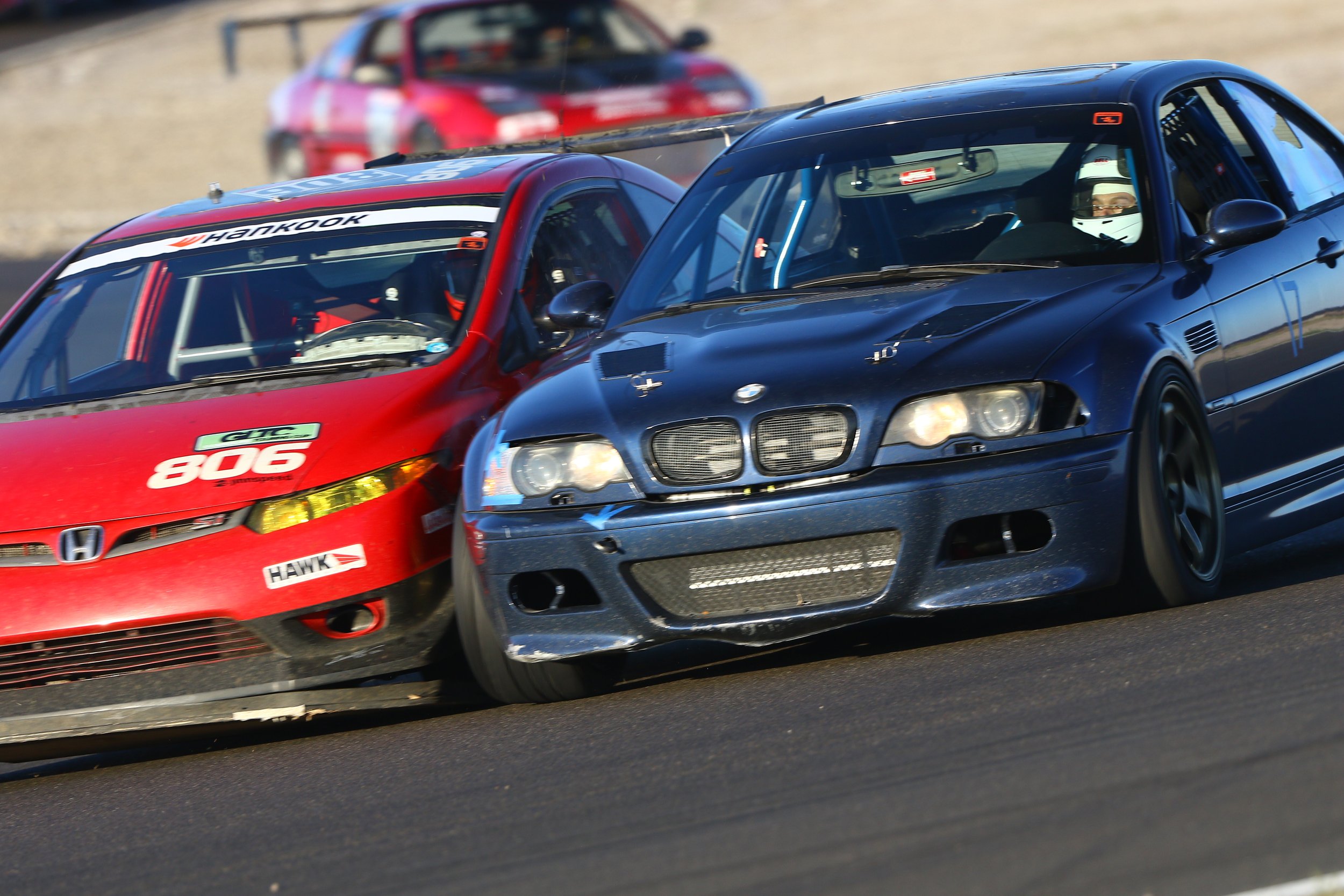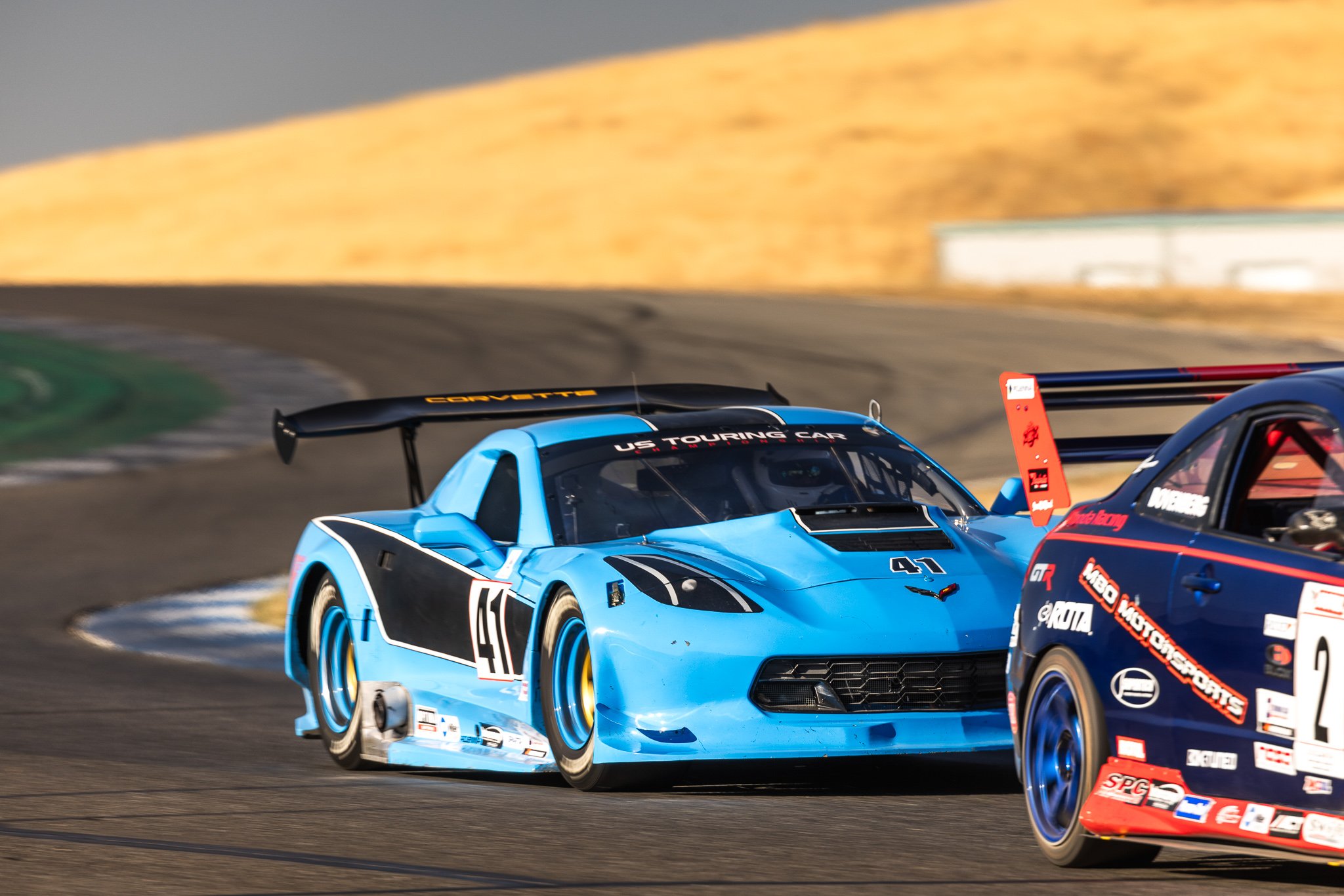
SpeedSF Blog
Every Build Has a Story – Meet the Cars of SpeedSF

Bryan’s Foxbody: An Heirloom Worth Risking
After Bryan Rankin’s prefrontal cortex finally developed following his introduction to track driving on two wheels, he decided to hang up his helmet temporarily — as a commercial pilot, he already was taking plenty of risks. However, when this family heirloom Mustang found its way into his life a few years later, he decided to give track work another try. It’d be safer, anyways.

Tony’s S2000: In the Right Circles
Built from the ground up, this R-Crew-tuned Honda S2000’s strong points are its suspension, its brakes, and its chassis. Meager power doesn’t mean much to Tony Altwer, who knows that optimizing this car’s strengths matter far more than improving straightline speed.

Bimmerfest 2025: Redeemed from the Rain
With over 250 in attendance, 35 cars providing ridealongs, and multiple prizes available from Liqui Moly, our latest Bimmerfest at Sonoma Raceway went off without a hitch.
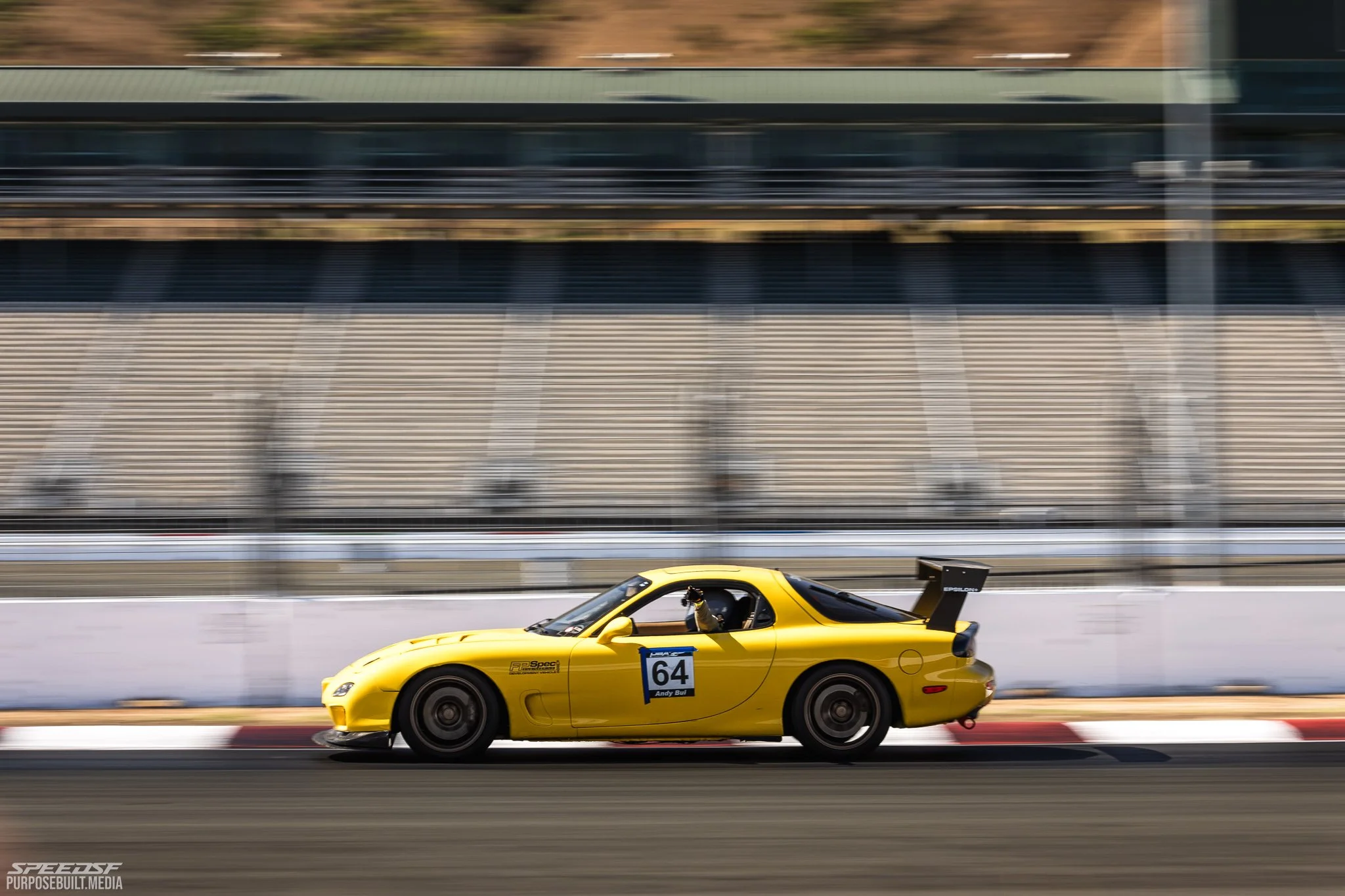
Andy’s RX-7: Nothing Ventured, Nothing Gained
Although the prospect of losing all his money worried Andy Bui, he pushed through and purchased his dream car when presented with a screaming deal. Four years later, he’s only gotten better thanks in part to the fire this FD lit under his backside.
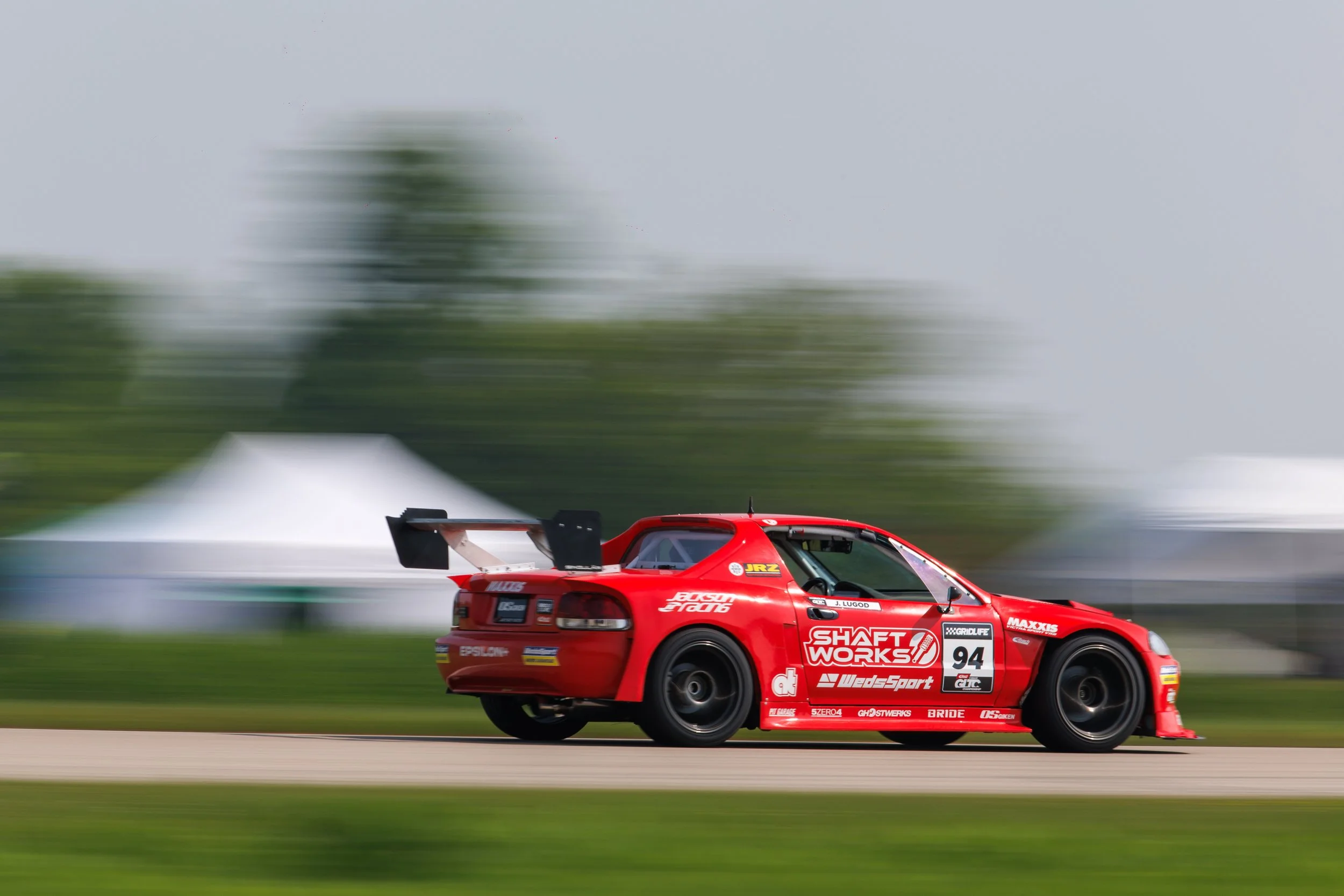
Jonathan’s Del Sol: Rotation on Demand
After years of tuning EGs and DC2s for autocross, Jonathan Lugod decided to build a dedicated track car using an uncommon chassis. The Del Sol shares of its parts with the aforementioned Hondas, but once caged, rotates like a CRX.
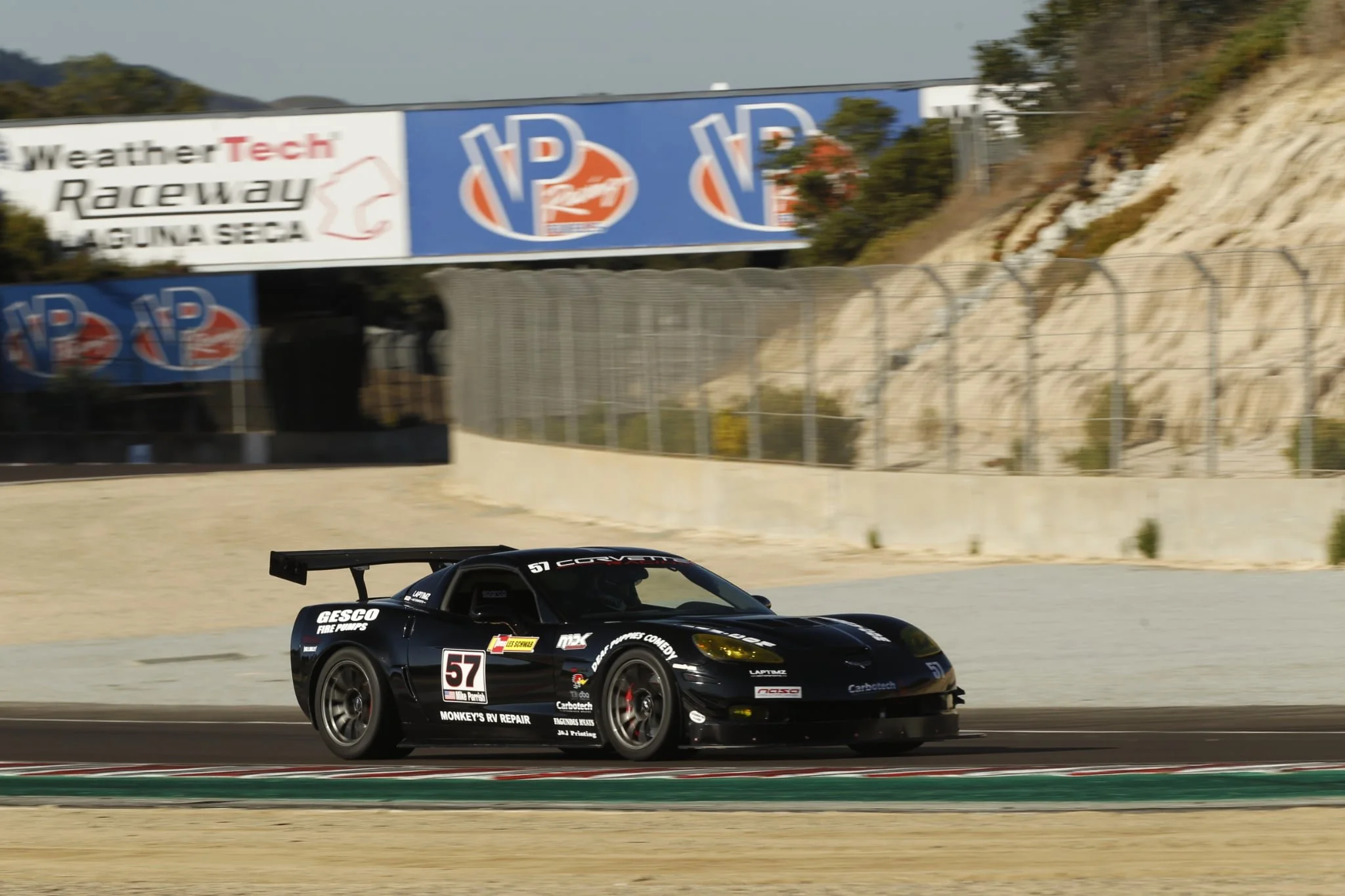
Mike’s C6: No Hanging the Helmet
After forty years on bikes, Mike and his wife made a compromise. As long as he transitioned into something safer, he'd keep going to the track. With this mildly tuned C6, he’s been able to enjoy a late-life racing renaissance.

Matt’s E36 M3: No More Tears
When the costs of his supercharged E46 M3 started getting to him, Matt decided to try something less likely to heatsoak.
Now pushing 250,000 miles without an issue, Matt’s budget replacement has fulfilled its intention.

Ricky’s FK8: Bitten by the Bug
Studious and patient, Ricky’s experience tracking the FK8 Civic Type R has been mostly hassle free due to his careful selection of parts at a very measured rate.
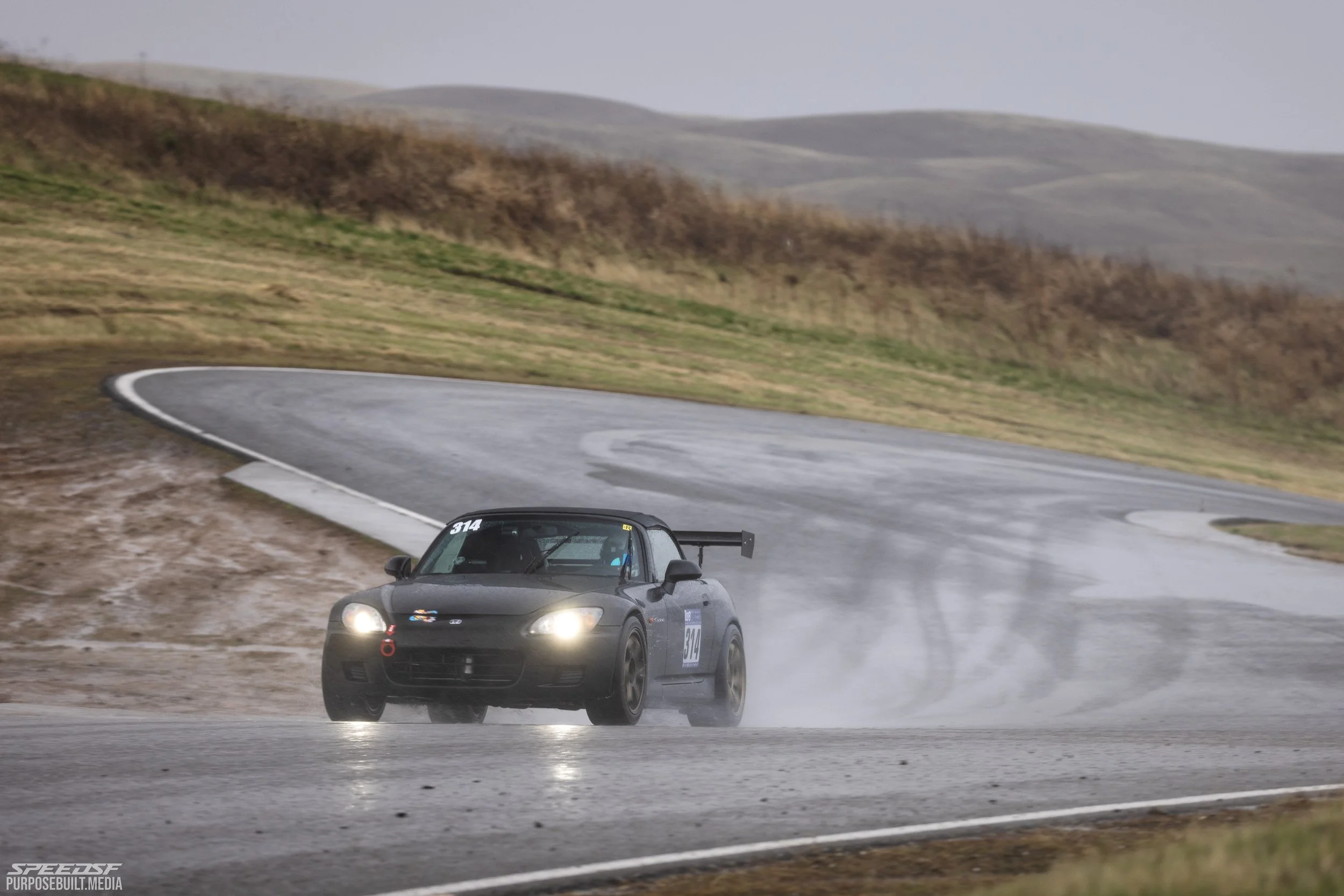
Alex’s AP1 S2000: Engineering-Driven Solutions
After cutting his teeth with purpose-built FSAE cars and karts, he knew his streetable track toy would need to be lightweight, very rigid, and with a low moment of intertia. The S2000, even a high-mileage one, would be that car.
With a few of his own engineering solutions, he turned a well-used AP1 into something capable of lapping Thunderhill in two minutes flat.
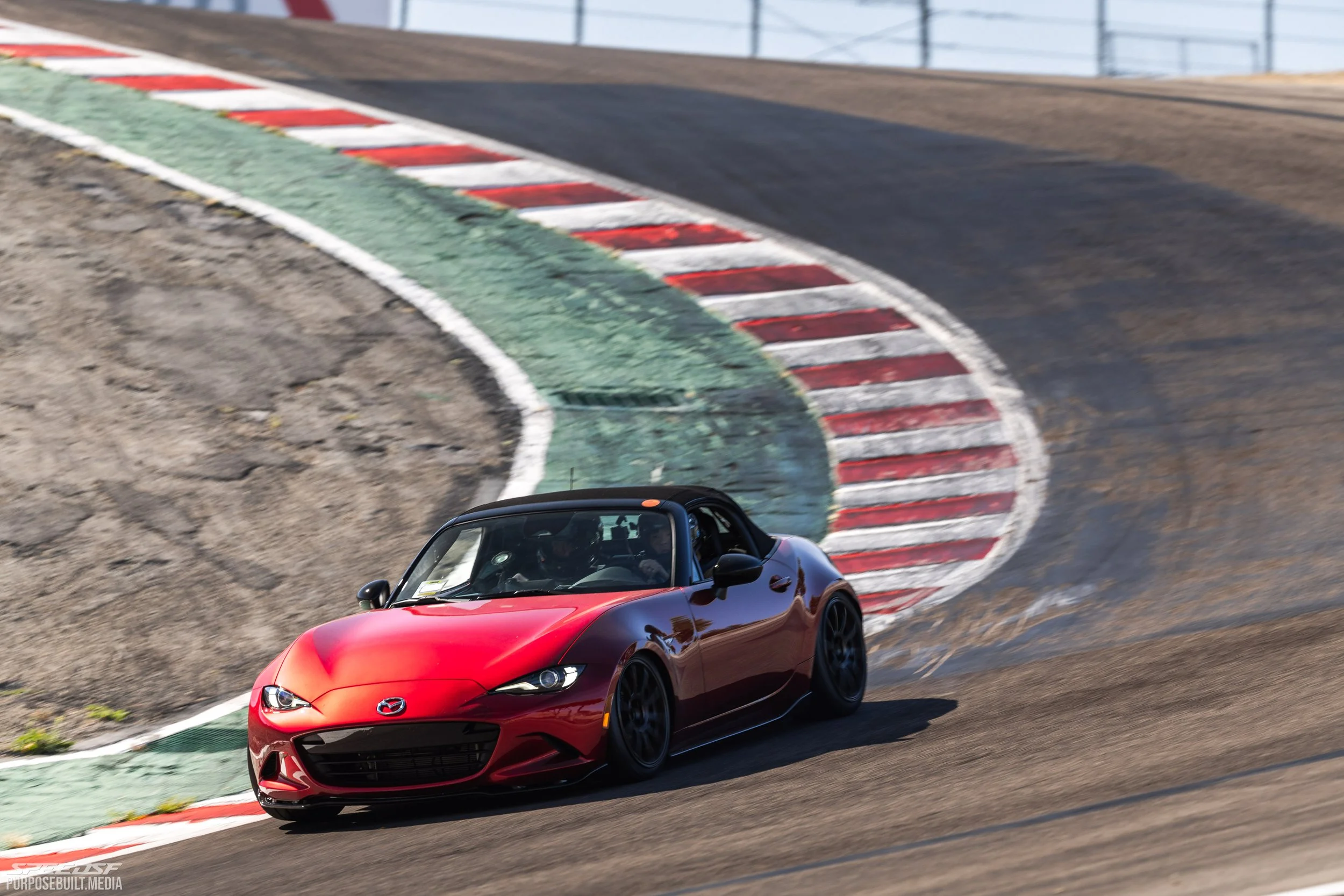
Weize’s ND3 Miata: Sim Prep Fortification
After recognizing the financial realities of regular track driving, Weize decided to begin prepping for events with his simulator to ensure he made the most of his weekends.
Thanks to the accessible sim experience, he graduated from GR86 to ND3 - a shift highlighting his growing comfort with rotation - and started clicking off respectable times in no time.
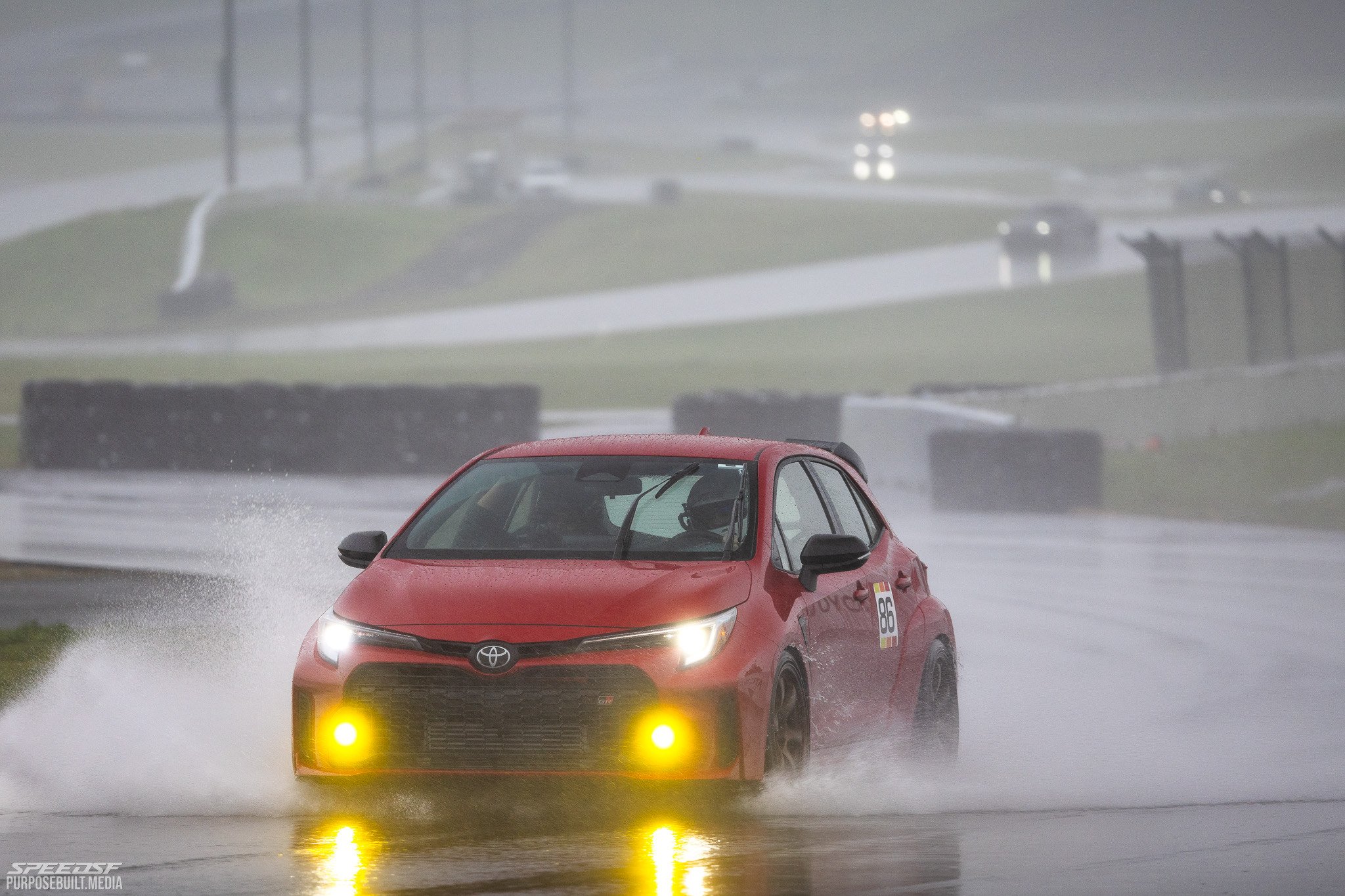
Hernan’s Corolla: The Right Side of the Strain-Satisfaction Spectrum
Fearing an FA24 failure and looking for a more family-friendly car, Hernan Ferraris picked up a GR Corolla and augmented his driving style to suit the front-biased hatch.
With a few modifications to address the car’s cooling issues, he’s gotten over his misgivings and gets real satisfaction — and minimal strain — from this livable, multifaceted machine.

Tom Tang’s M3: Race to the Clouds
From humble motorsports photographer to local racing celeb, Tom Tang has learned a great deal over his three decades in the biz. He’s put that knowledge into building this monster E46 M3 now making waves at Pikes Peak International Hillclimb.

Marcus’ Datsun 510: In His Blood
Using all his know-how from his fabrication business, Marcus Fry took an aging Datsun 510, swapped a series of motors into it, and attached enough homebuilt aero to fly a small plane with. The result is a 2,500-pound, 600-horsepower monster capable of lapping Sonoma in 1:42.

Hao’s Supra: One Fell Swoop
After a year wrestling with a heavyweight M4, Hao Wang decided a Supra would be the smaller, more nimble track car he was after. With an ex-GT500 mechanic guiding him, he overhauled the entire suspension and added top-shelf aero to help this stock power car turn remarkable times with relatively little effort.

Hrag’s R8: Unspoiled by Soft Edges
Though hesitant to begin tracking a supercar, Hrax had already gotten used to the V8 which powered his Audi S5, and the R8 he had planned shared the same motor. With a few minor tweaks, he learned this soft-edged supercar can be sharpened to suit the track without scaring a relatively new driver.

Nikhil’s E30: Nikhil and Diming
Convinced that track driving could be done on a strict budget, Nikhil Kovelamudi started crunching numbers. By making upgrades only when totally necessary and putting the majority of his allocated money to entry fees, he’s been able to set truly respectable times in a very ordinary E30 — and he’s acquired his skill in short time.

Steve’s Impreza: Simplicity Trumps Traction
With an emphasis on weight reduction and simplicity, Steve bought this bare-bones 1993 Impreza and swapped in the EJ20 from an 2000 USDM WRX, but only the motor — no four wheel-drive here. Thanks to a thoughtful selection of parts, it can put turbo power through the front wheels alone without issue.

Sean’s Exige: Keeping Him Honest
After getting tired of his Exige’s supercharged 2ZZ engine and its heatsoaking issues, Sean swapped in a K24 and developed this nimble platform. Now, while it might not have much power compared to most cars capable of running comparable lap times, it has the sort of manners, transparency, and grip that make it supremely fast and always engaging.
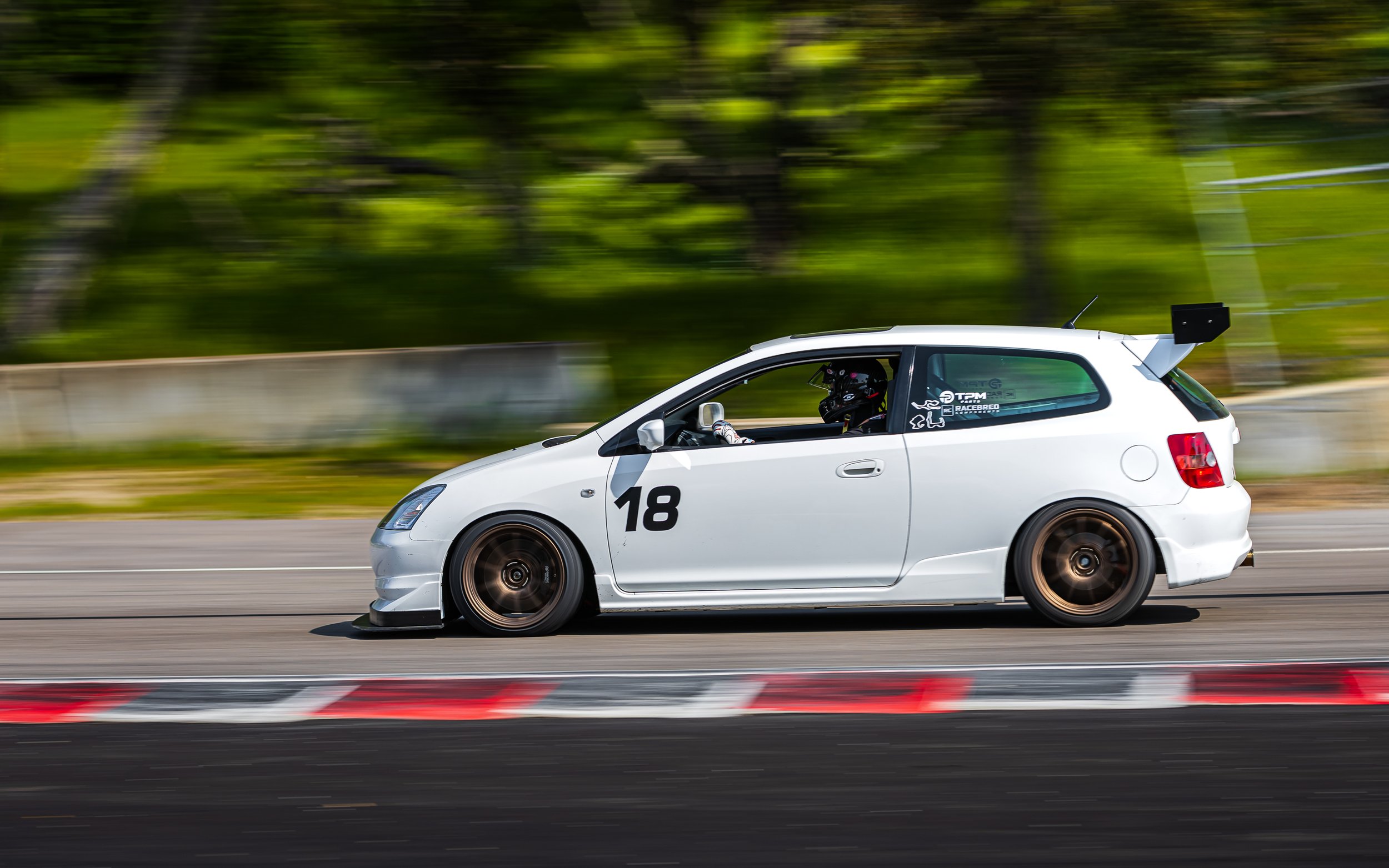
Markus’ EP3 Civic: Rapid Ascent
Sim racing laid the foundation, and then a milder EP3 before this one. When a track acquaintance put this K20A-swapped Civic up for sale, Markus didn’t hesitate to buy. With only 200 horsepower, it can lap Laguna in 1:40.
